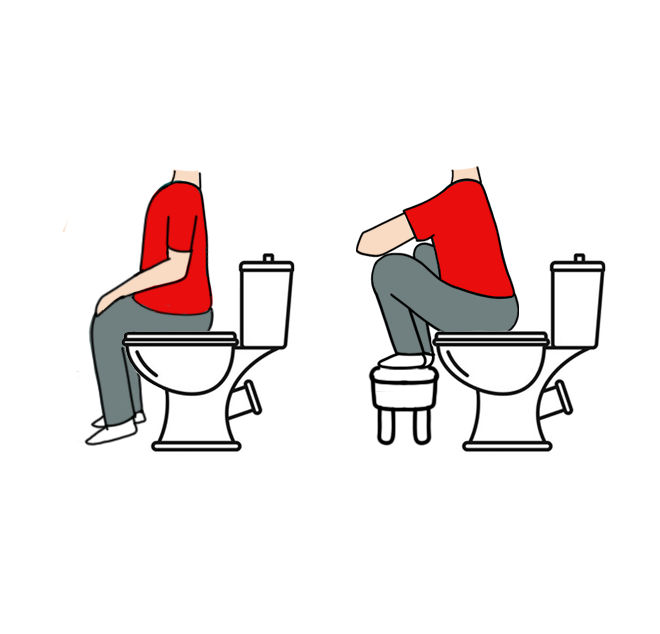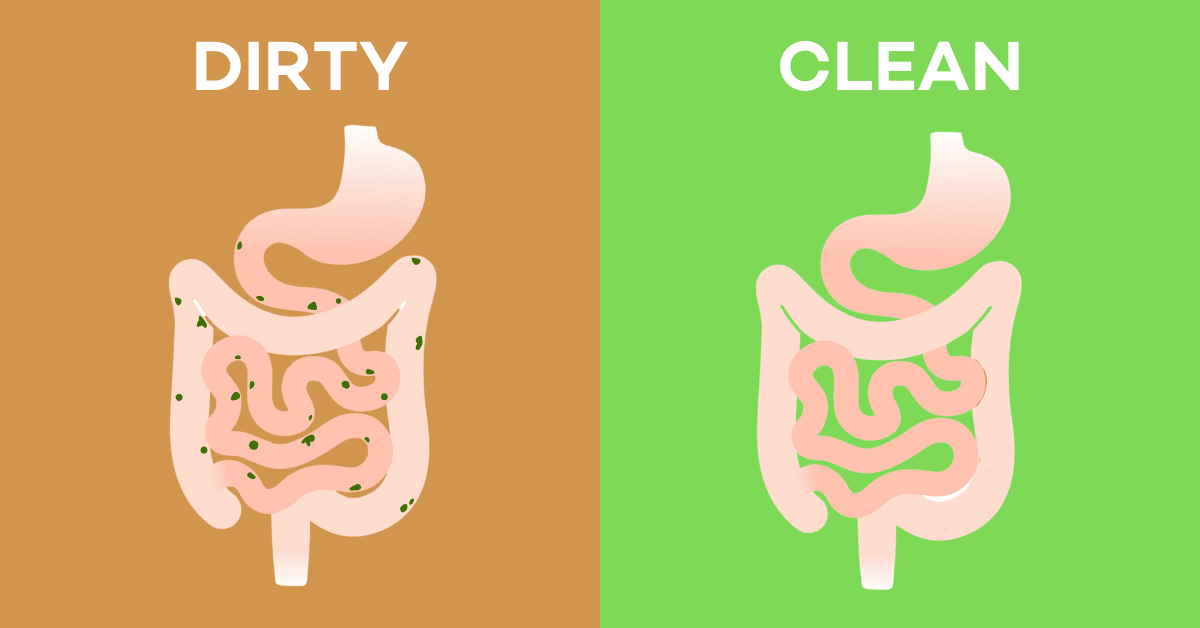Functional constipation vs. slow-transit constipation

Constipation has a lot of causes, but broadly fits into two types.
Type 1 constipation is when your body is digesting food very slowly.
This is also called slow-transit constipation.
Type 2 constipation is when digestion is normal, but you have trouble passing stool.
This is also called functional constipation.
Dirty
or Clean?
Free Analysis
This article will help you figure out which type you have, and how to address it.
Do I have functional constipation or slow-transit constipation?
There is a simple way to know whether your constipation is type 1 (slow-transit) or type 2 (functional): the corn test.
Why corn? Corn comes out the way it goes in, so it is easy to spot.

If you see corn in your poop in less than 24 hours, it means your food is moving normally through your digestive system.
If you still feel constipated, you probably have type 2 or functional constipation.
If the corn shows up later than 24 hours and you feel constipated, you likely have type 1 or slow-transit constipation.

The juice to eat without bloating
❤️ by 300+ nutritionists
Slow Transit Constipation
I have type 1 or slow-transit constipation. Why?
Type 1 constipation usually has two reasons:
- The food you eat takes too long to digest
- Your gut muscles are pushing food very slowly
What changes do I need to make to my diet?
Try reducing food that is high complex fat or high in fermentable sugars.
These food categories take very long to break down and slow digestion.
Here is a list of food that is high in complex fat.

Here is a list of food that is high in fermentable sugar.

Fermentable sugars also create gas, making you feel bloated and making constipation worse.
Eliminating caffeine and excess sugar and smoking less are also known to help.
Do I need to add more fiber?
If you have type 1 or slow-transit constipation, we don’t recommend it.
Fiber is known to slow digestion even further.
So if you struggling with type 1 constipation, fiber may make the problem worse.
I don’t eat any of the above, but I’m still constipated.
Then it likely has do with your gut muscles.
Your gut muscles can get disturbed because of medication or stress.
Several types of medication list constipation as a side effect.
You can take a look at the extensive list, here.
Your gut muscles can get disturbed because of stress.
Under stress, the body moves blood supply away from the digestive system and into your arms and legs.
The result? Slower and erratic digestion.
The only solution to stress-induced constipation is stress relief through mindfulness practice.
Functional Constipation
I have type 2 constipation. Why?
Type 2 constipation (i.e. poor removal) usually has two reasons:
- Your food is either too dry, or doesn’t have enough mass
- Your pelvic muscles are damaged
What do I need to do?
Take a look at your poop.
If it is too dry, you are likely drinking too little water.
Dehydration is one of the leading causes of Type 2 or functional constipation.
Less water makes your stool dry and hard, making it difficult to pass.
In the long run, this may cause anal fissures.
If your poop seems dry and hard, start by drinking more water.
Another test: see if there is very little poop.
If yes, then you are probably eating too little or eating too refined.
If you eat too little – for example only low-calorie salads – your body has very little to remove.
If you are eating too refined – food without any fiber – your body struggles to remove it.
A fiber-supplement like isabgol will likely help in this case.
My poop seems normal, but I’m still constipated.
Then it likely has do with your pelvic muscles.
Your pelvic muscle is the main muscle responsible for removing stool from your body.
If your muscles are damaged, it becomes difficult to push.
Women often damage this muscle while giving birth, and men usually damage this muscle lifting heavy weights.
Here is a video that explains how to reverse pelvic muscle dysfunction.
Some additional exercises to strengthen your pelvic include:
- Kegels
- Bridge
- Squats
These exercises usually take 4-6 weeks to show results.
3 common recommendations for type 1 and type 2
#1 Drink more water
Hard stool is surprisingly common during constipation, and water is the only real solution.
Drink more water to make your stool soft.
It almost never fails.
#2 Squat while pooping
Western toilets make bowel movement more difficult than it needs to be.
Make a small change. Place your feet on a step stool the next time you use a toilet.

See how comfortably your stool passes.
Here is the science behind it.
#3 Move
Try walking 5000 steps at a stretch (not overall).
Notice the difference in how comfortably you can pass your bowels.
Exercise like walking and climbing steps really, really helps.
Make it a regular part of your routine.
You didn’t mention fiber?
Fiber is overrated for constipation.
Here’s a talk that says fiber has little to no effect for most cases of constipation.
It helps, in one category of type 2 constipation, but in several cases it can make constipation worse.
Instead, become smarter, and you won’t need anything else to fix your constipation.

The juice to eat without bloating
❤️ by 300+ nutritionists









